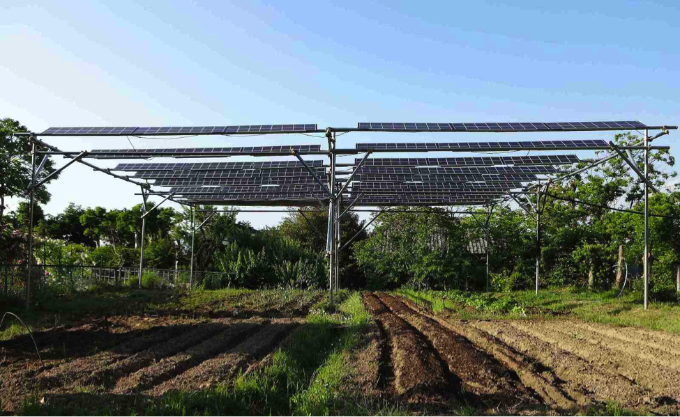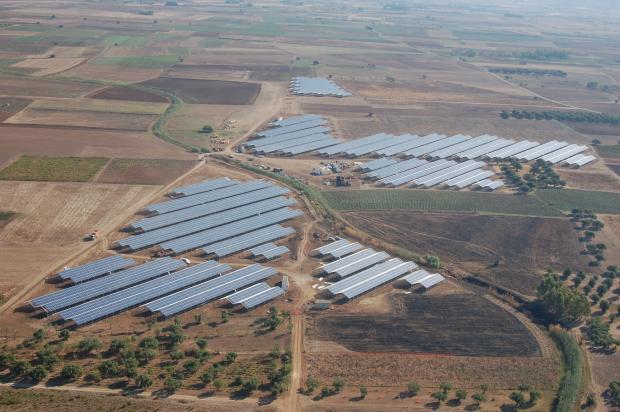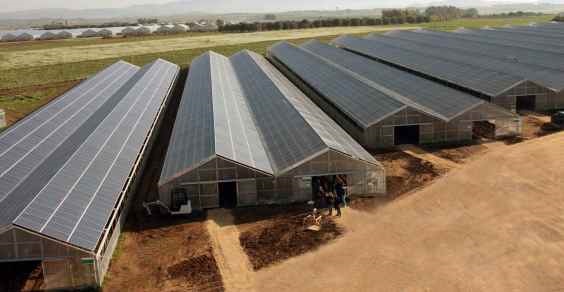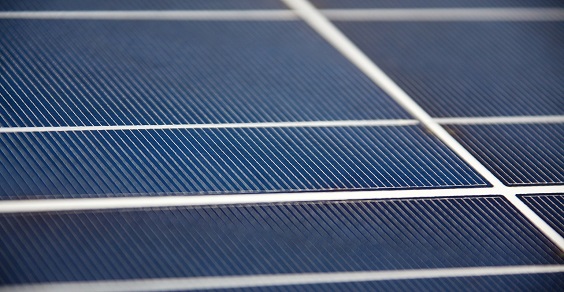What it is about

Solar greenhouses are structures used for agricultural production or to floriculture in which the panels used for producing electricity from solar radiation are integrated into the structural elements of the building, such as roofs and walls.
It is an agriculture model born in the Netherlands which begins to appear also in Italy.
The solar greenhouses can be mono-, bi- or multi-layered. They can offer a total or "checkerboard" coverage. They can also be realized with traditional photovoltaic panels or “semitransparent" ones, which allow sunlight to filter through them and reach the ground.






